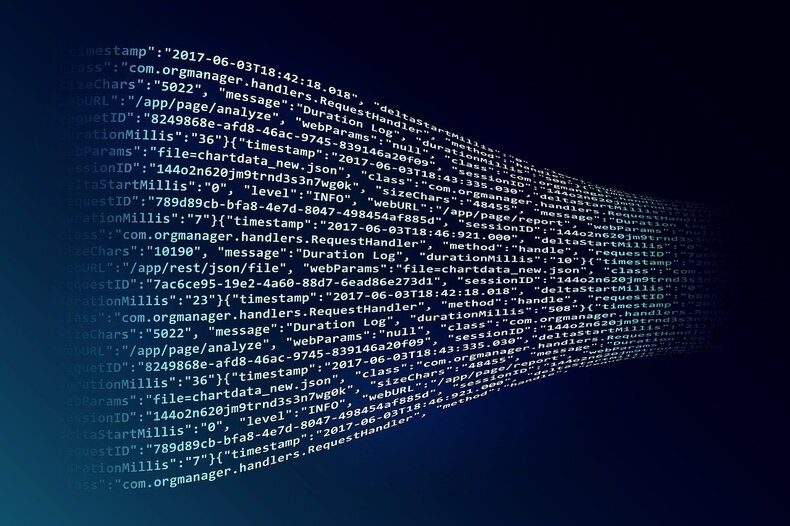How to Resolve Entities in Your Data
Entity resolution is the process of identifying and resolving multiple entities that are represented by a single entity in your data. This can be a challenge, especially if your data is unstructured or contains incorrect information. In this blog post, we will discuss how to resolve entities in your data using different methods and tools. We will also provide tips on how to improve the accuracy of your entity resolution results.
What is Entity Resolution?
Entity resolution is the process of identifying and resolving multiple entities that are represented by a single entity in your data. This can be a challenge, especially if your data is unstructured or contains incorrect information. In this blog post, we will discuss how to resolve entities in your data using different methods and tools. We will also provide tips on how to improve the accuracy of your entity resolution results.
Entity resolution is a process that is used to identify and correct inaccuracies in data sets. This can be done through a number of methods, including manual review, heuristic matching, and probabilistic methods. Entity resolution can be a challenge, especially when data sets are unstructured or contain incorrect information. In this blog post, we will discuss how to resolve entities in your data using different methods and tools. We will also provide tips on how to improve the accuracy of your entity resolution results.
Taxonomy of ER settings and approaches
Entity resolution can be performed in a number of different settings, including:
- Record linkage
- Information integration
- Data deduplication
There are a number of different approaches that can be used for entity resolution, including:
- Manual review – Manual review is the process of manually reviewing data sets in order to identify and correct inaccuracies. This method is often time-consuming and labor-intensive, but it can be effective if performed by experienced data analysts.
- Heuristic matching – Heuristic matching is a process of using heuristics, or rules of thumb, to identify and correct inaccuracies in data sets. This method can be less time-consuming than manual review, but it can be less accurate as well.
- Probabilistic methods – Probabilistic methods are a type of statistical method that can be used to identify and correct inaccuracies in data sets. This method can be more accurate than heuristic matching, but it can be more time-consuming as well.
Tips for Improving Entity Resolution Results
There are a number of things that you can do to improve the accuracy of your entity resolution results, including:
- Choose the right method – Choose the entity resolution method that is best suited for your data set and your goals. If accuracy is your primary concern, then you may want to use a probabilistic method. If time is of the essence, then you may want to use a heuristic method.
- Use multiple methods – Use multiple entity resolution methods in order to cross-check results and improve accuracy.
- Perform manual review – Perform a manual review of your data set in order to identify and correct inaccuracies.
Entity resolution is an important process that can be used to improve the accuracy of your data sets. In this blog post, we have discussed how to resolve entities in your data using different methods and tools. We have also provided tips on how to improve the accuracy of your entity resolution results. By following these tips, you can ensure that your data sets are as accurate as possible.







